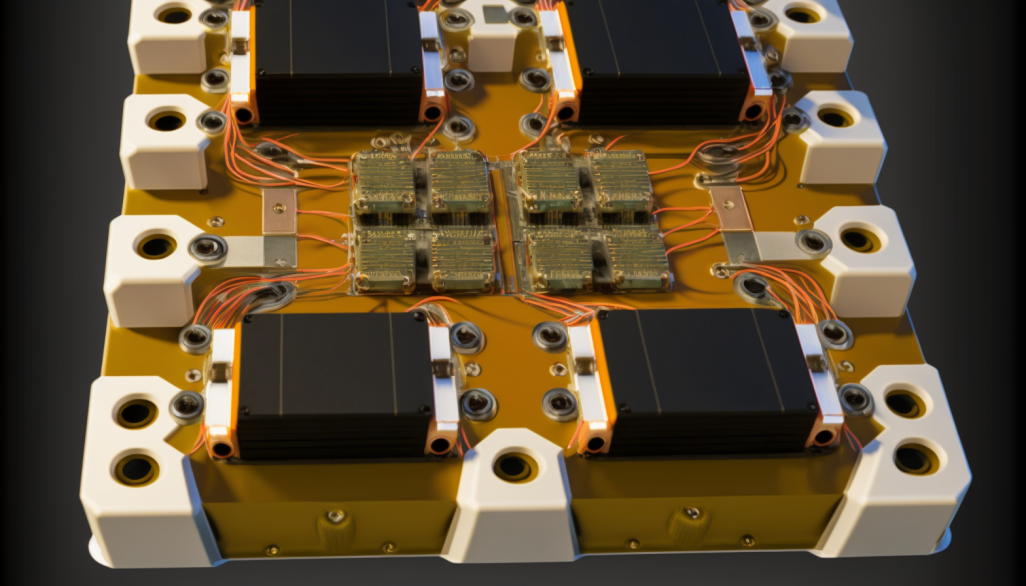New energy vehicles (NEVs)
have become increasingly popular in recent years, offering a more environmentally friendly and sustainable alternative to traditional vehicles. However, NEVs also face unique challenges, particularly in harsh operating conditions such as high temperatures and voltages. To address these challenges, the use of metalized ceramics and ceramic substrates has become essential in NEV applications, providing high performance, safety, and reliability.
Metalized ceramics are ceramic materials that have been coated with a conductive metal layer, typically through a process called metallization. This metal layer provides a conductive surface that can be used to attach electronic components such as insulated gate bipolar transistors (IGBTs), which are critical components in NEV power electronics. The most commonly used metals for metallization are silver, gold, platinum, and palladium.
Ceramic substrates are also essential components in NEV power electronics, providing a thermally conductive and mechanically stable base for the electronic components. Ceramic substrates with metalized layers offer excellent thermal conductivity and mechanical strength, allowing for high power density designs. Additionally, ceramic substrates are highly reliable, with excellent resistance to thermal and mechanical stress.

IGBTs are semiconductor devices used in NEV power electronics, allowing for efficient control of high currents and voltages. However, IGBTs also generate significant heat during operation, requiring efficient heat dissipation to ensure performance and reliability. Metalized ceramics and ceramic substrates with high thermal conductivity and dimensional stability are essential for efficient heat dissipation and stable operation of IGBTs in NEV power electronics.
In NEV applications, the combination of metalized ceramics, ceramic substrates, and IGBTs offers several benefits. First, these materials provide high temperature and voltage capabilities, ensuring high performance, safety, and reliability in harsh operating conditions. Second, the use of metalized ceramics and ceramic substrates allows for compact and lightweight designs, improving the overall efficiency and performance of NEVs. Finally, these materials offer excellent resistance to thermal and mechanical stress, ensuring long-term reliability and durability of NEV power electronics.
As NEV technology continues to advance, the demand for metalized ceramics and ceramic substrates is likely to increase. These materials are essential for the development of high-performance, reliable, and safe NEVs, ensuring efficient power electronics operation in harsh operating conditions.
The use of metalized ceramics and ceramic substrates has become essential in NEV power electronics, providing high temperature and voltage capabilities, efficient heat dissipation, and reliable operation in harsh operating conditions. As the demand for NEVs continues to grow, the importance of these materials is likely to increase, playing a critical role in the development of high-performance and sustainable NEVs.

